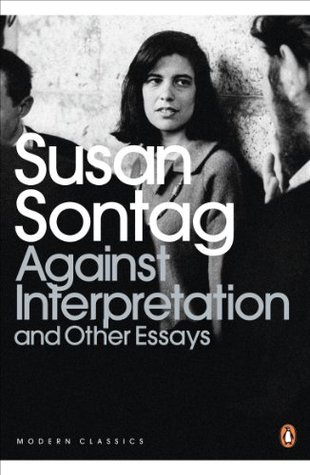More on this book
Community
Kindle Notes & Highlights
The hallmark of Camp is the spirit of extravagance.
Camp is art that proposes itself seriously, but cannot be taken altogether seriously because it is “too much.”
Time may enhance what seems simply dogged or lacking in fantasy now because we are too close to it, because it resembles too closely our own everyday fantasies, the fantastic nature of which we don’t perceive. We are better able to enjoy a fantasy as fantasy when it is not our own.
This is why so many of the objects prized by Camp taste are old-fashioned, out-of-date, démodé. It’s not a love of the old as such. It’s simply that the process of aging or deterioration provides the necessary detachment—or arouses a necessary sympathy.
Thus, things are campy, not when they become old—but when we become less involved in them, and can enjoy, instead of be frustrated by, the failure of the attempt.
The connoisseur of Camp has found more ingenious pleasures. Not in Latin poetry and rare wines and velvet jackets, but in the coarsest, commonest pleasures, in the arts of the masses. Mere use does not defile the objects of his pleasure, since he learns to possess them in a rare way.
Camp—Dandyism in the age of mass culture—makes no distinction between the unique object and the mass-produced object. Camp taste transcends the nausea of the replica.
It was Wilde who formulated an important element of the Camp sensibility—the equivalence of all objects—when he announced his intention of “living up” to his blue-and-white china, or declared that a door-knob could be as admirable as a painting.
The distinction between “high” and “low” (or “mass” or “popular”) culture is based partly on an evaluation of the difference between unique and mass-produced objects. In an era of mass technological reproduction, the work of the serious artist had a special value simply because it was unique, because it bore his personal, individual signature.


